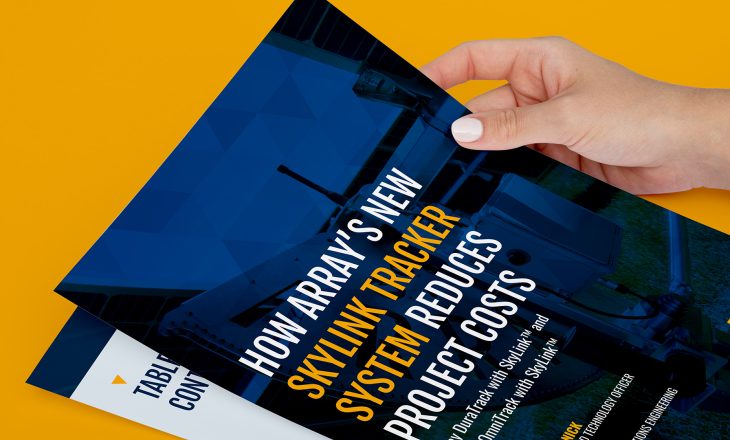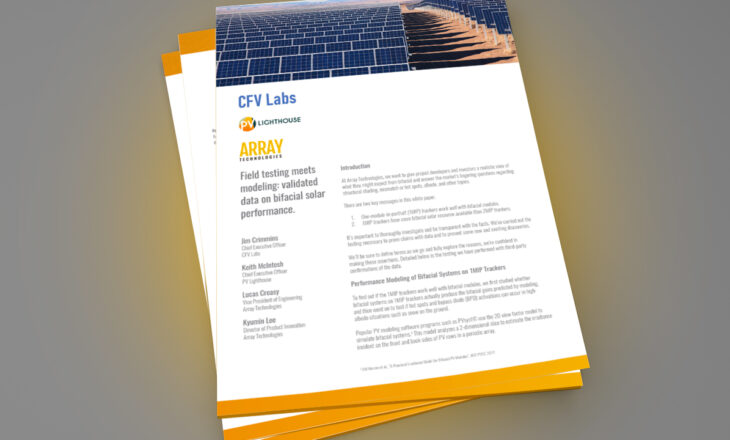How to Maximize Energy Production While Maintaining The Lowest Cost of Ownership
Across the United States, Power Purchase Agreement (PPA) contracts are being signed at increasingly lower rates, making it challenging for solar asset owners to maintain a viable return on investment. This has increased the need for developers and owners to fully maximize energy production from photovoltaic (PV) panel systems to meet these competitive PPA targets.
Solar tracking systems have capably fulfilled that need by boosting energy production and providing owners with a more optimized power delivery curve. While it’s clearly established that solar trackers allow for 15-25% higher energy production over fixed-tilt solutions, there is still room to further optimize performance. Designing tracker sites and tracker layouts for maximum energy production, while maintaining the lowest cost of ownership, is the next frontier. For solar tracking projects, there are three performance optimization strategies that solar designers can employ to maximize energy production for a given project site:
- Increasing Row Power Density
- Optimizing Ground Coverage Ratio
- Increasing Range of Motion
This whitepaper examines these three strategies in depth and how they impact energy production, cost, and the levelized cost of electricity (LCOE), at utility-scale solar project sites.




